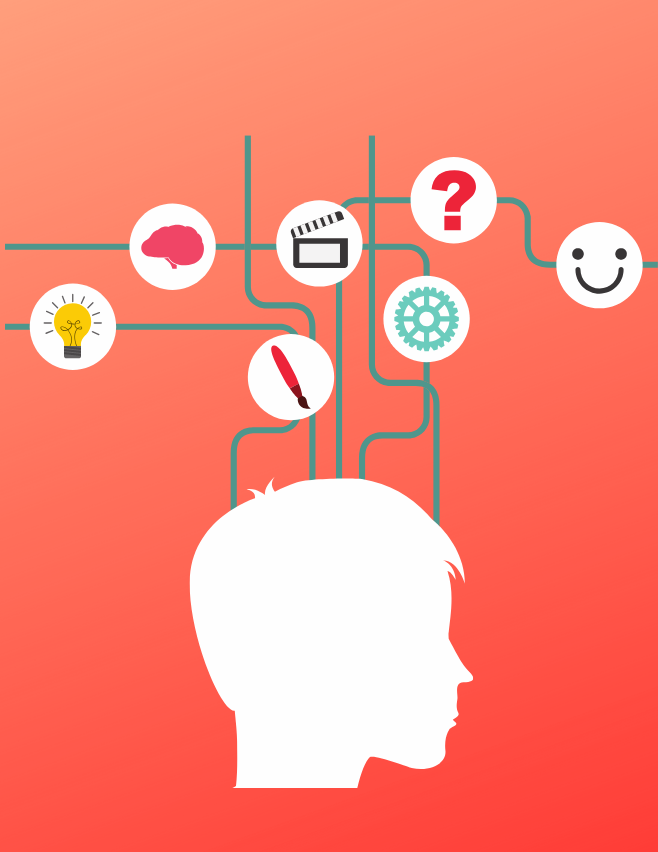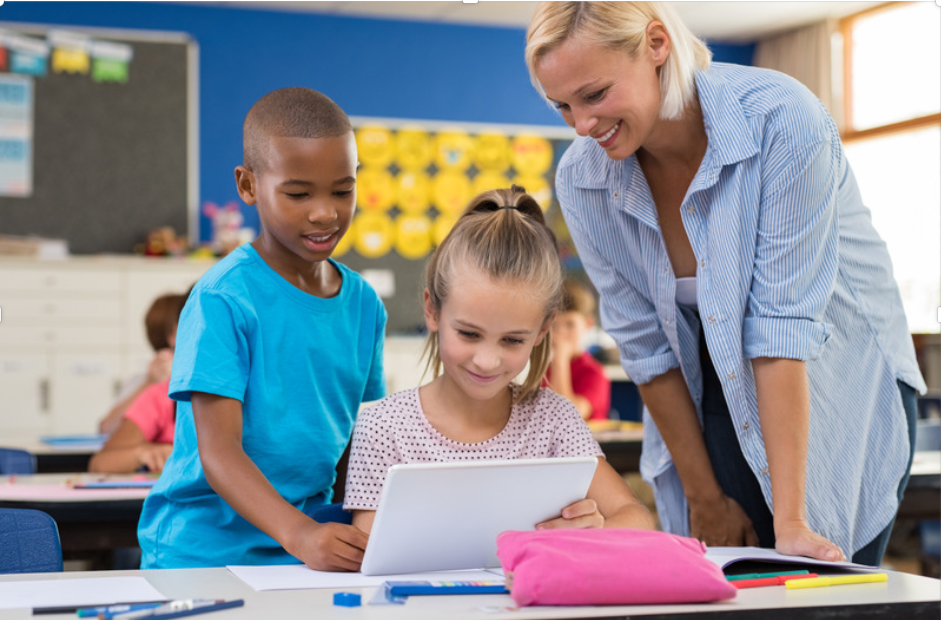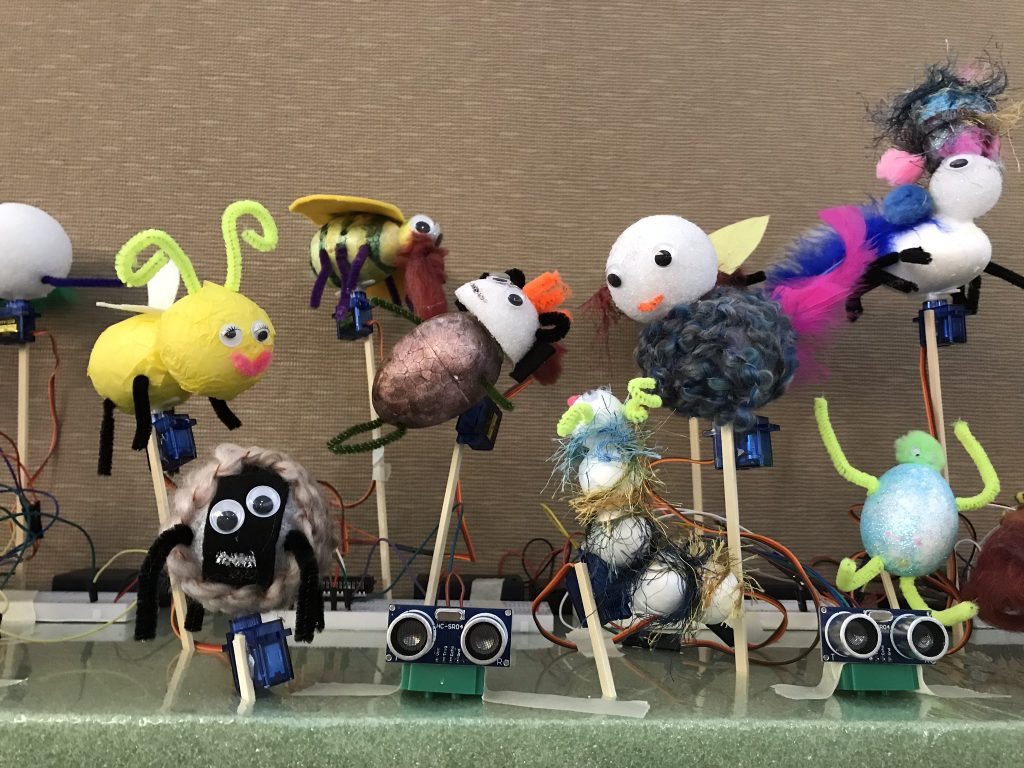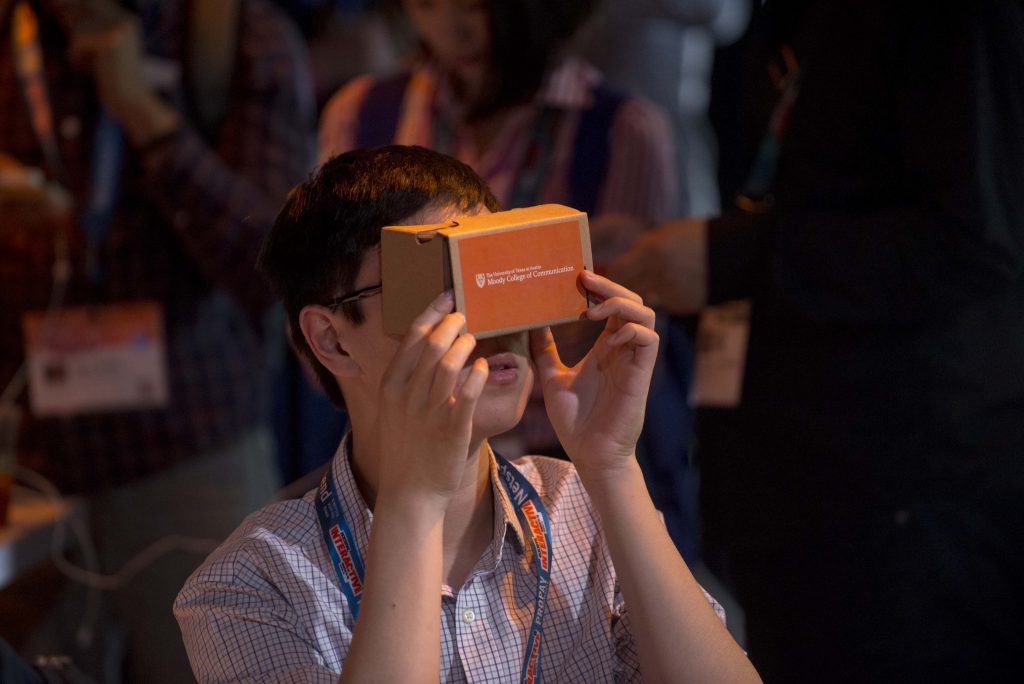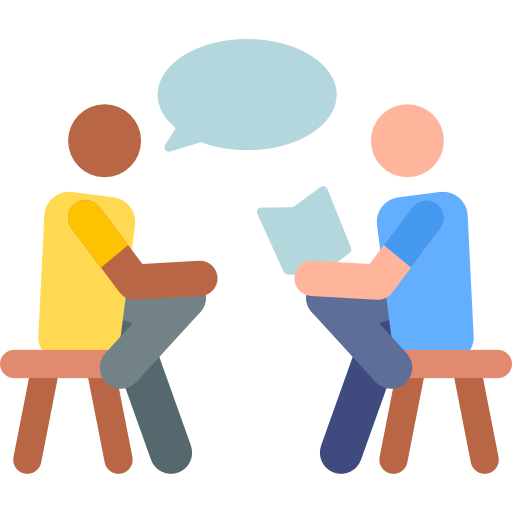
The Community Engagement project for our Educational Technology Leadership class this quarter consisted of coaching a teacher to help them improve a lesson by focusing on areas that promote 21st century skills including:
- Support for standards such as Common Core or ISTE
- Improving engagement
- Using a problem-based task
- Applying technology to accelerate learning
(Foltos, 2013)
Continue reading “Coaching a Peer”